Every year, between the months of May and July, massive schools of sardines travel north from the cold southern oceans off South Africa's Cape Point to the warmer waters of Kwa-Zulu Natal, hugging the shore as they make their way up along the coastlines, in what is commonly known as the annual Sardine Run. These famous sardine shoals travel in seething masses stretching for up to fifteen kilometres in length, three and a half kilometres wide and nearly forty metres deep. The enormous number of sardines attract hundreds of predators who arrive en mass to partake in a feeding frenzy, creating a spectacle as spectacular as East Africa's great wildebeest migration.
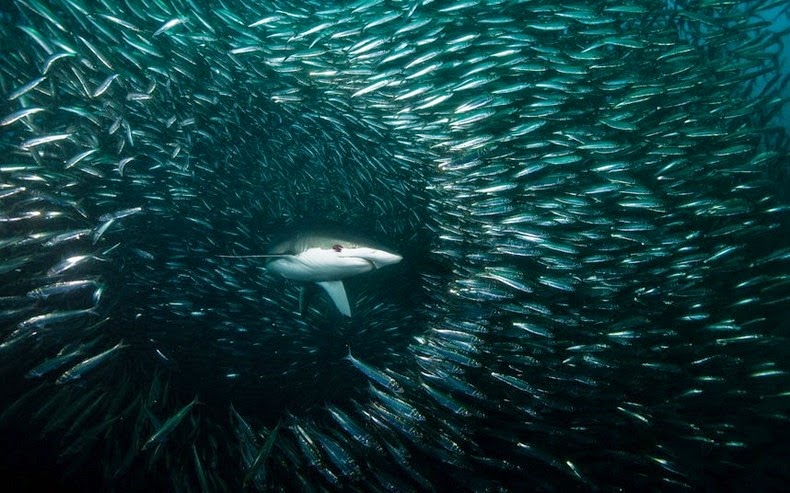
The Sardine Run occurs during the winter months when a cold south to north-flowing current develops off the east coast, moving inshore and counter to the Aghulas current. The sardine population follows this narrow band of cool water north to Port Edward, swimming up between the coast and warm Aghulas current. North of Port Edward the cold current is restricted by the narrowing continental shelf and the shoals become concentrated in a narrow inshore band of water, as far as Mozambique where it then leaves the coastline and goes further east into the Indian Ocean. What prompts the sardines to migrate is still poorly understood.
The number of sardines taking part in the annual migration vary from year to year, and it is only considered a "run" when the shoals are big enough to be visible at the surface. Occasionally, sardines would fail to run. This may be either because of abnormal water temperature or other hydrographic barriers, or the migration may occur farther offshore and possibly deeper where they couldn’t be detected by coastal observers.
The sardine run is eagerly awaited by predators of the sea, including sharks, whales, dolphins and birds. The hunting strategy employed by the dolphins is particularly worth watching. Like sheepdogs working in the field, the dolphins round up the sardines into densely packed masses called “bait balls”, 10–20 metres across. Working together underwater the dolphins drive the bait ball toward the surface, whirling, twisting and swimming below the shoal. Once the sardines reach the surface, the dolphins then pounce on the tiny fishes while birds plummet out of the sky to pillage from above. Occasionally sharks and sometimes whale also take advantage of the opportunity. In areas where the sardines swim very close to the coast, fishermen wade into the water and secure their share.

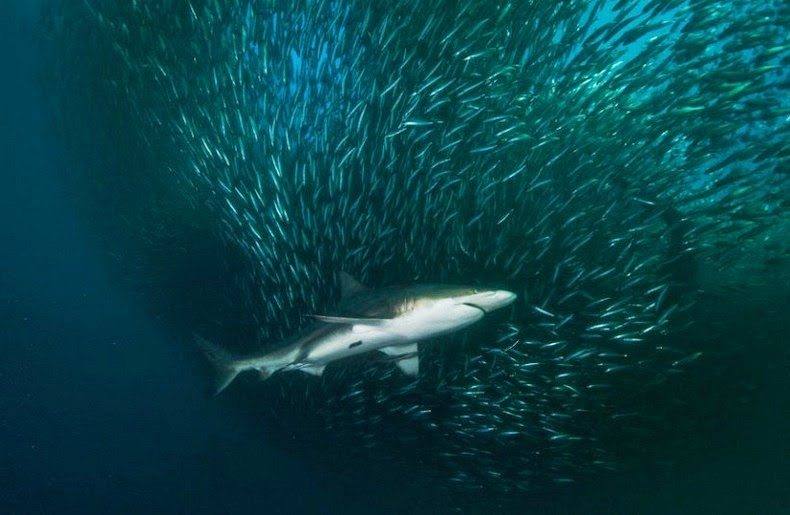


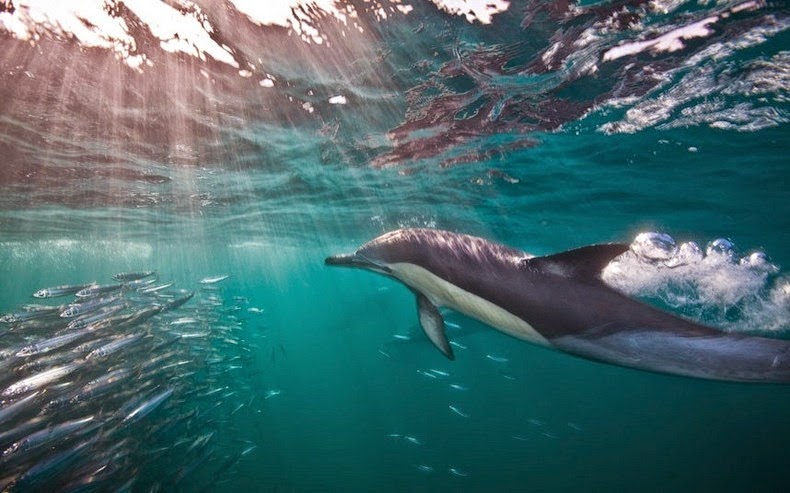
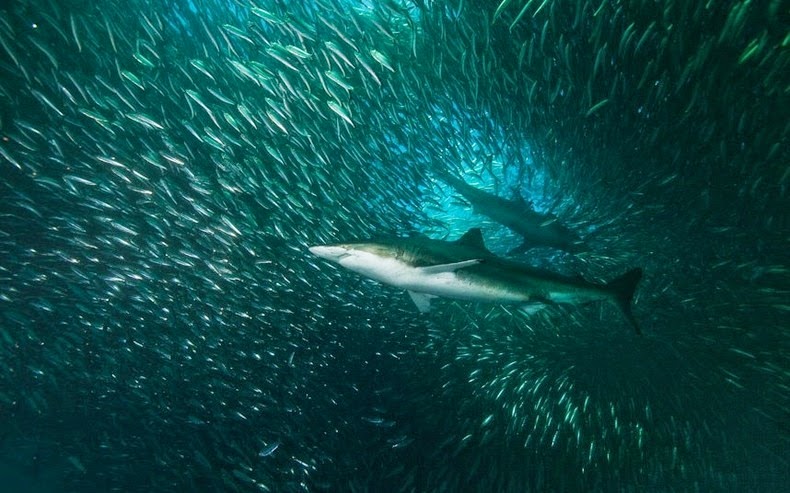
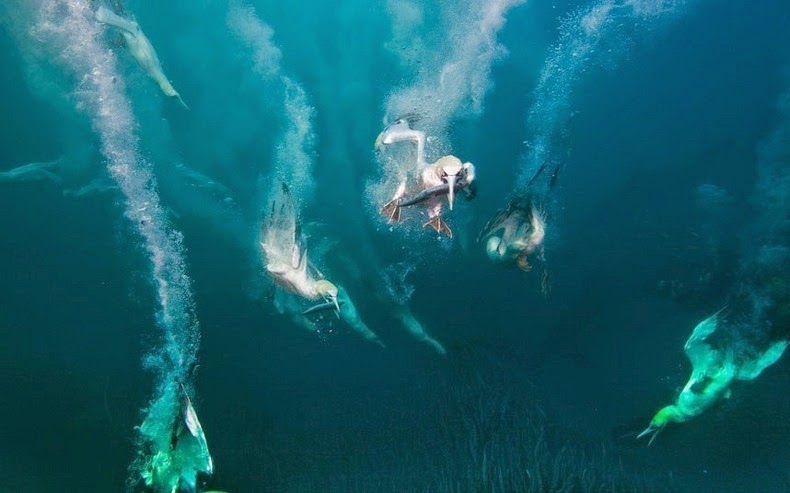

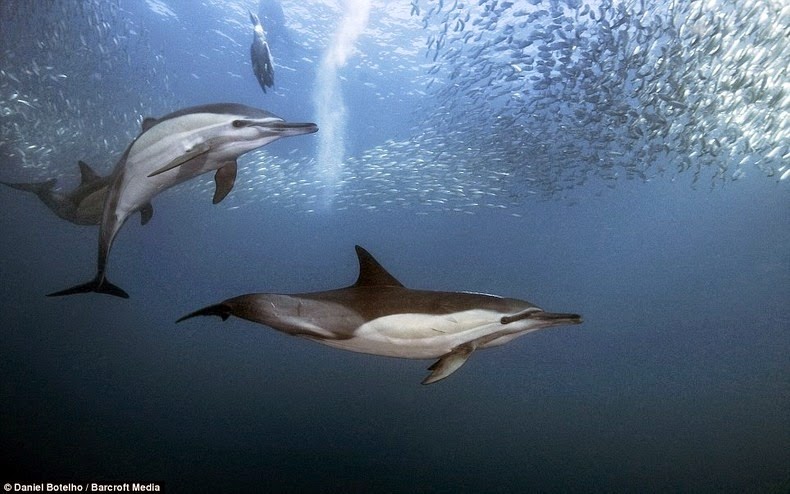
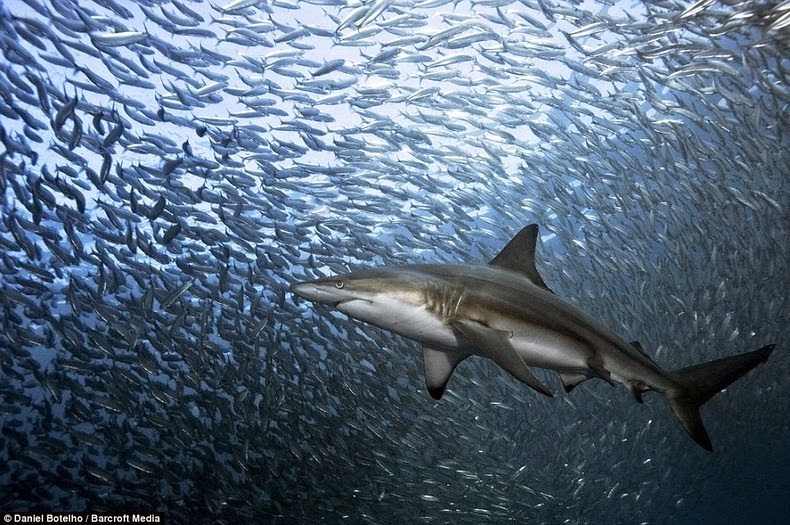
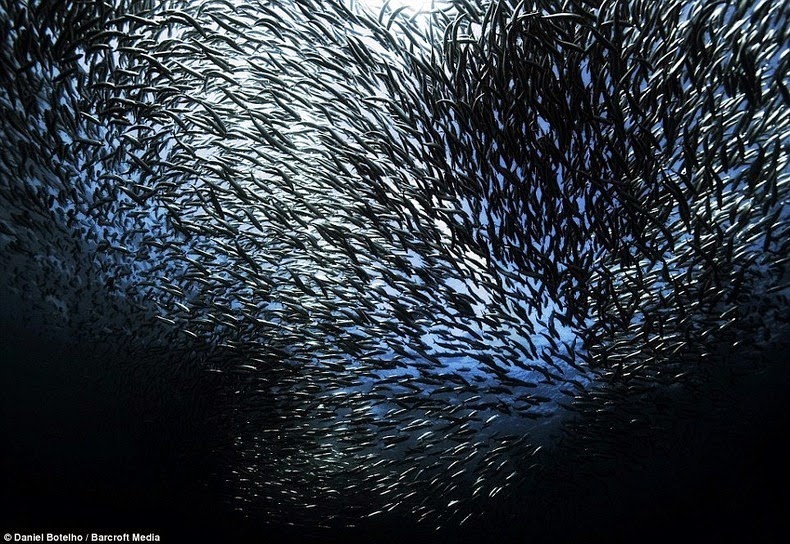
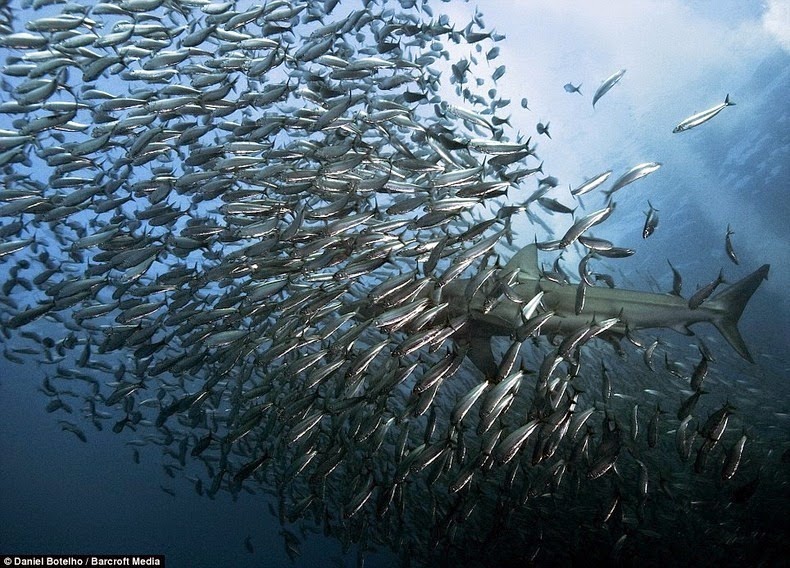
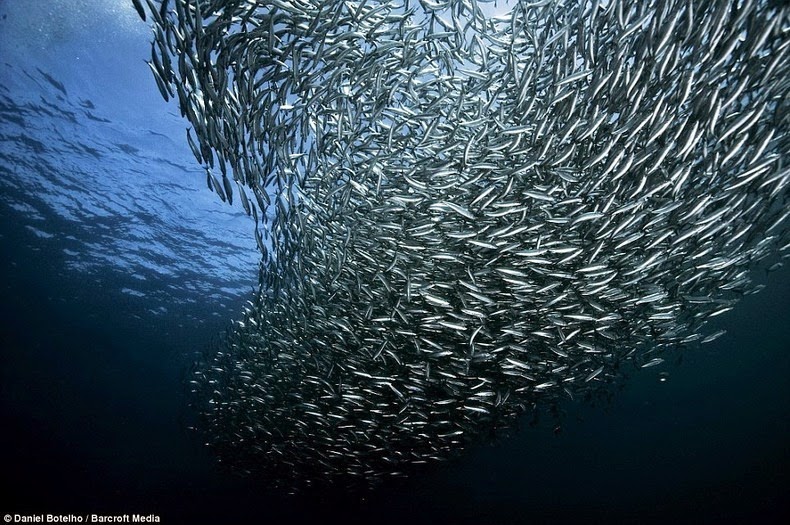
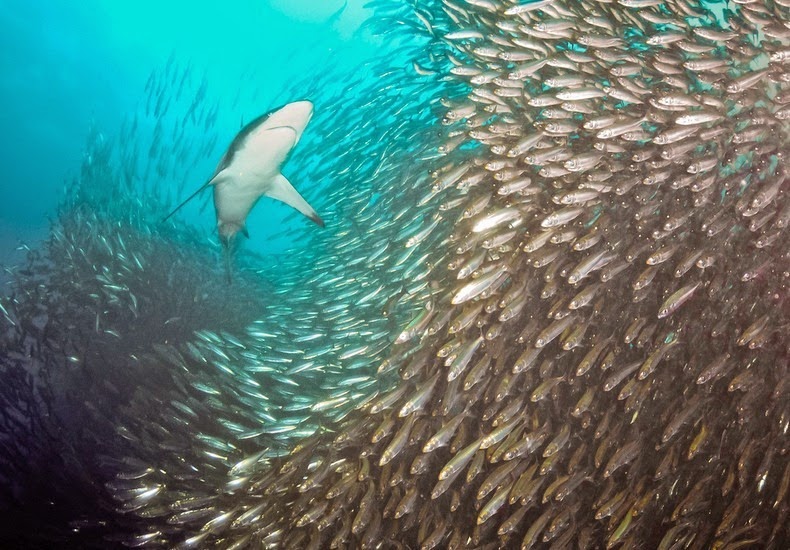
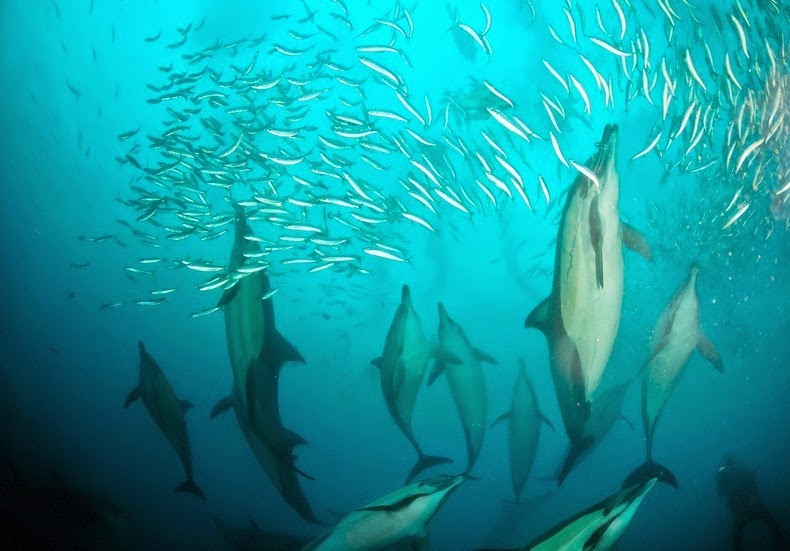
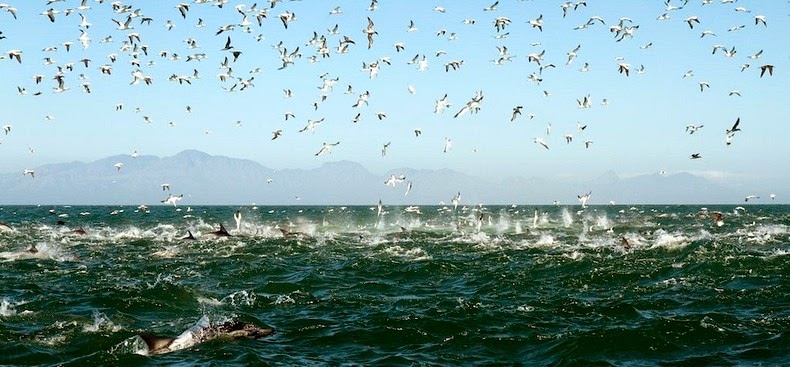
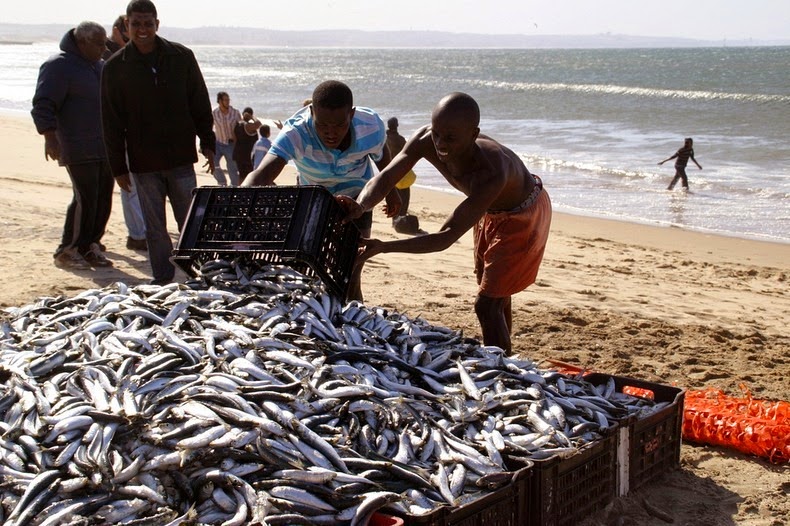
Sources: Sardinerun.com / Wikipedia / Wikitravel

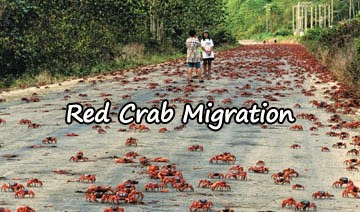
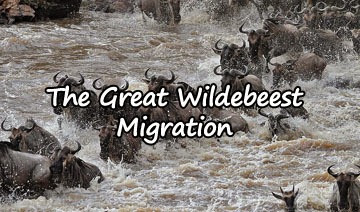




The photos accompanying this article are fantastic!
ReplyDelete